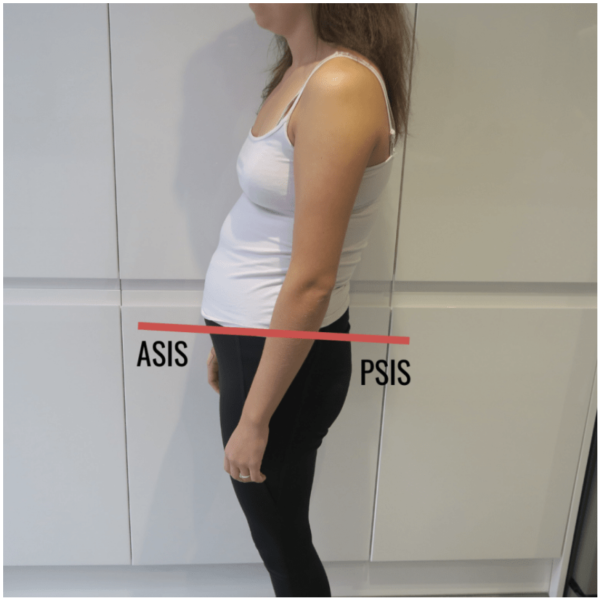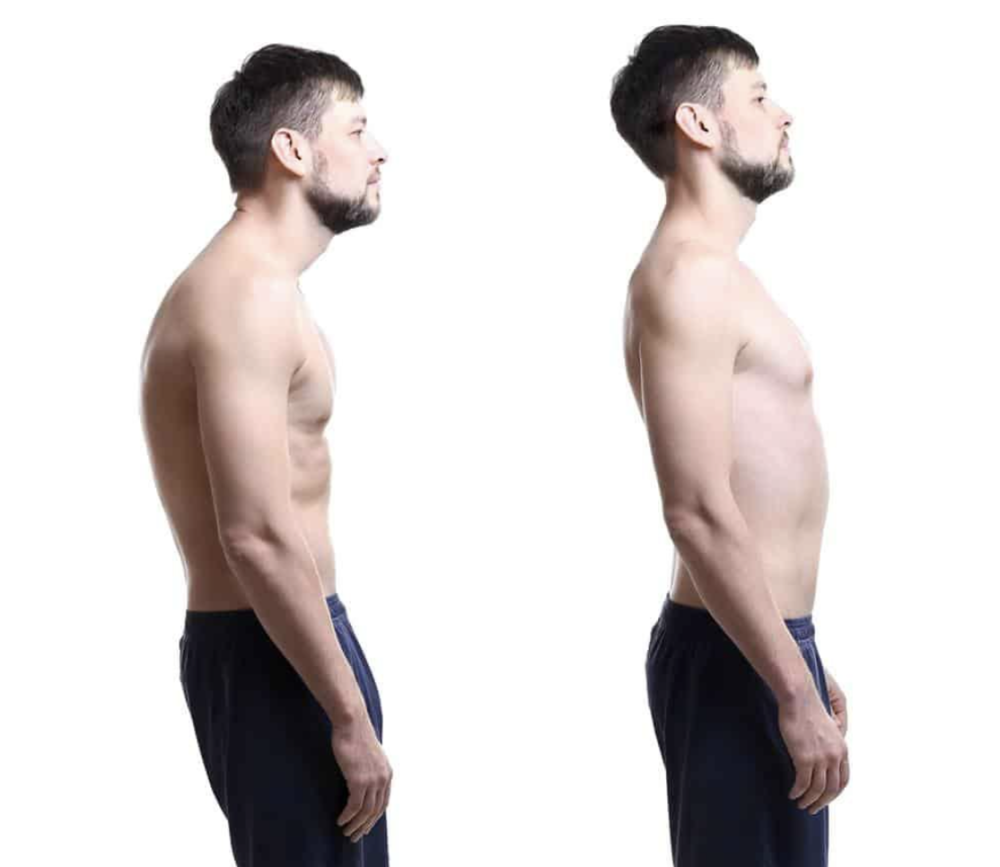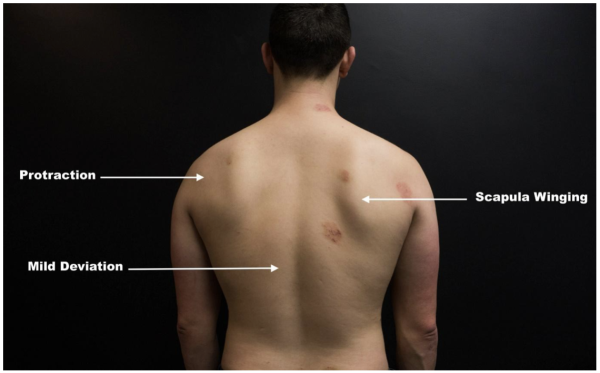Posterior Pelvic Tilt
This issue is less common but will still be seen. More often than not, your client will have some degree of tightness in their hamstrings. This is common, and something I would notice amongst most of my clients. Increased tightness can cause a posterior pelvic tilt. This is the opposite of an anterior pelvic tilt, and often you will see the client’s back sway backwards slightly. Stretching the hamstrings with a lying hamstring stretch and strengthening the hip flexors and glutes can help. Again, using a glute bridge here is a good option.

How can correcting posture increase your PT business?
Postural issues can become worse over time. If left for years, they can become hard, if not impossible, to correct. Correcting posture is not just a matter of stretching and doing a few exercises in the gym; the client also needs to focus on correcting the habits outside of the gym that left them with a postural issue in the first place. Education for the client is almost as important as exercising. As a PT, you are going to come across postural issues more frequently as a large percentage of the population frequently use computers, cell phones and more.
This is a great area to focus your business on as you will always have clients.
Posture correction was a large focus of my business as a PT. One thing I noticed was that there was a vast difference in posture between clients who had worked at a desk their whole life and never trained, compared to those who had worked at a desk their whole life and always trained. No matter what training your clients are doing, exercise has a great effect on posture.
To finish with, here are some tips on how you can avoid postural imbalances while working at a desk:
- Use a standing desk when at work and try to stand for periods throughout the day.
- Split your day up with walks or moving around the office to avoid being stuck in one position.
- Have a foam roller next to your desk and take foam rolling/stretching breaks.
- Incorporate some form of exercise into most days.
When it comes to assessing posture, there can be other underlying issues. If you are ever unsure, refer out to a physio or other allied health professional.




